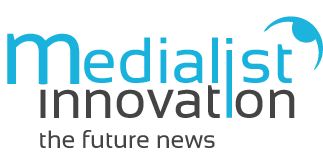If you follow the press, you almost get the feeling that Web3 is the salvation of the Internet as we know it. It wants to do what no one has done before and promote decentralized services and protocols, giving users more freedom while using the Internet.
Instead of paying monthly fees, as most SaaS solutions do, and having more control over their own data, each user participates collectively in the management and curation of content and protocols. To make this possible, tokens, NFTs and the blockchain are at the forefront when it comes to the technical feasibility of Web3.
But one component is the real driver that makes such a movement possible in the first place – the so-called DAOs. DAO stands for decentralized autonomous organizations, which are designed to promote the collective ownership and decentralized accessibility of the Web3.
If you want to break DAOs down, they are essentially organizations run by a group of individual users that help execute contracts and actions on the blockchain. The decentralized organization of DAOs eliminates the need for centralized instances or checkpoints, as the community of users work together toward an interest and goal.
Let’s take the example of NFTs. Here, for example, DAOs are used to manage collective property. It could be somewhat described as a shared treasury, where only the members who are supposed to get in can get in. Any change, for example a withdrawal from the treasury, is only possible with the consent of all members. Especially in play-to-earn games, such a structure makes sense, because here, for example, you share resources or NFT creatures as a team and work together on a goal.
But they are also becoming increasingly popular in the creation of new creative industries, for example in the textile industry. For example, “The Fabricant” is launching new virtual collections together with the members of their DAO and working to bring the fashion world into the digital age.
However, one of the main advantages of DAOs is that they are not held back by hierarchical structures, as is the case in traditional companies. Since the consensus of the members is necessary for a decision to be made, as long as one is really working towards a goal, decisions and activities can be decided quickly.
Especially in charities, this type of structure is already found more often today, as it allows for faster and collaborative decisions to be made about funds for a charitable purpose. In addition, for the decentralized organization, this allows them to take on more and more supporters and collectively follow the purpose of the charity.
Despite all this, DAOs today are still partly very small movements, which can probably only become a big success with the steady growth of Web3. Could you imagine to build up such a decentralized organization for an area in which you are active? Feel free to write it in the comments.

